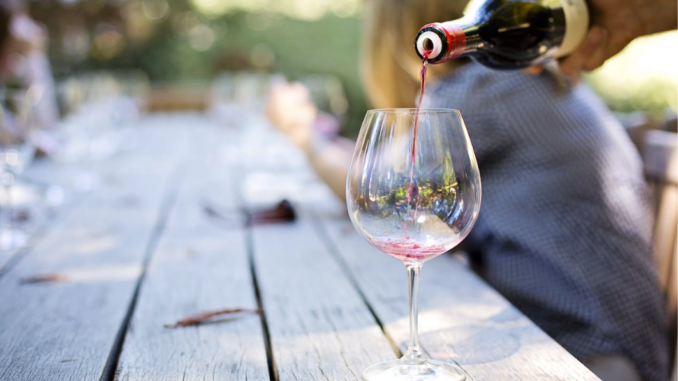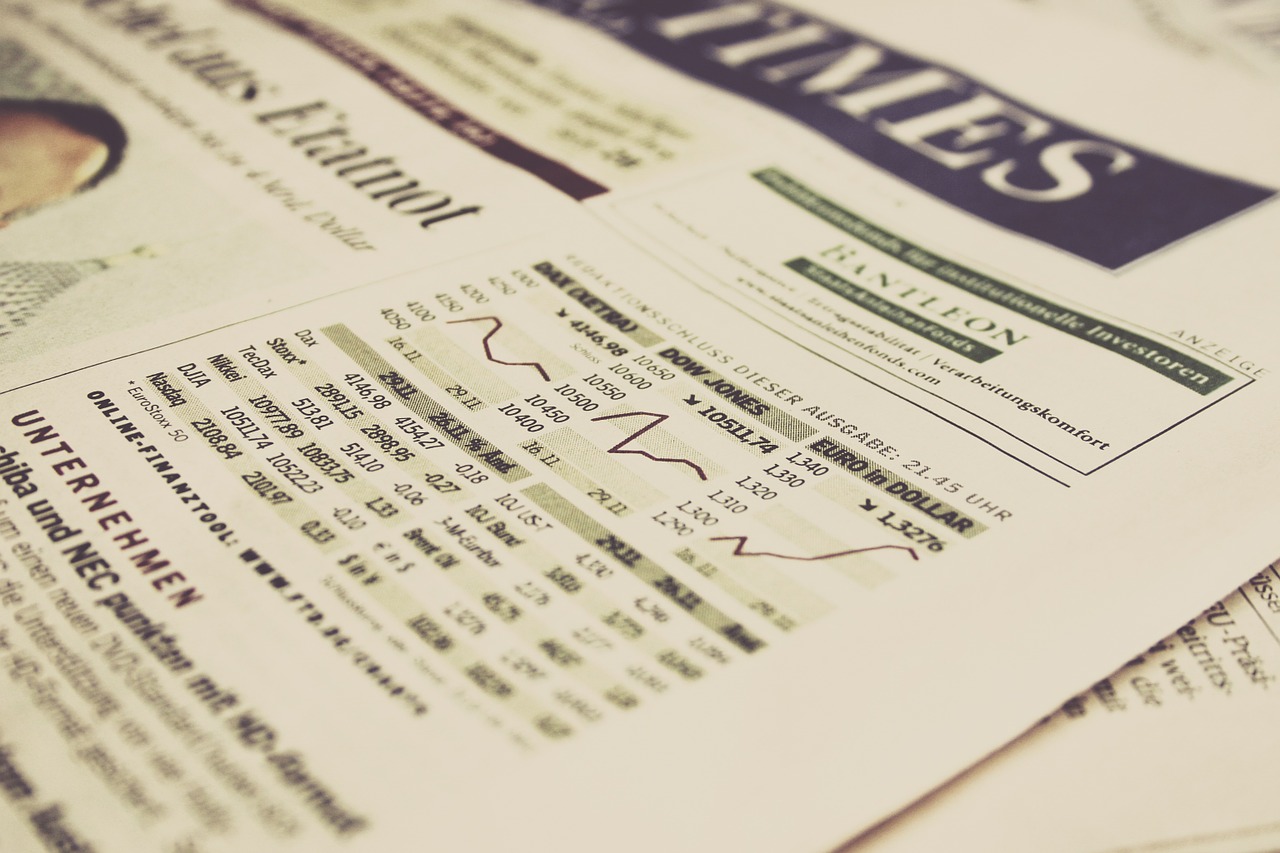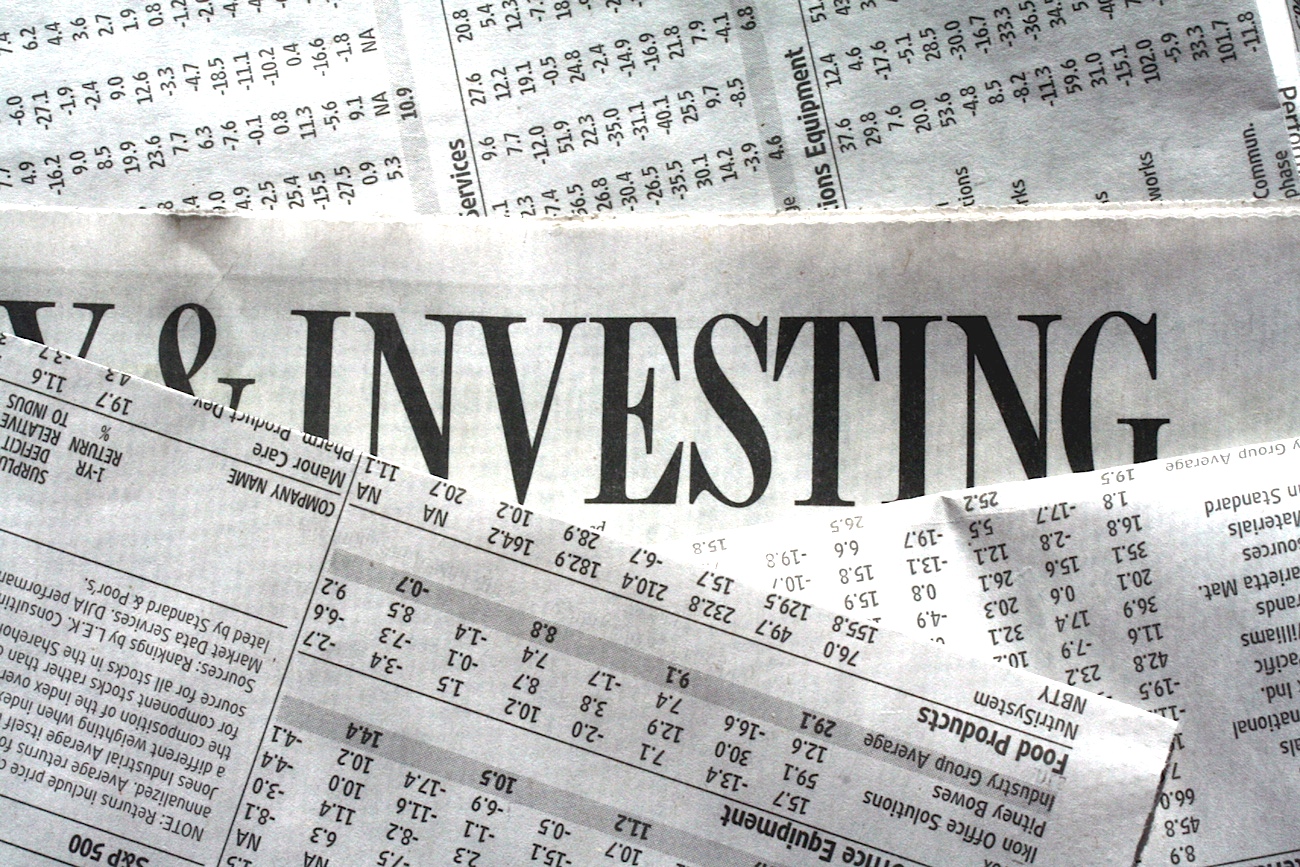
Whether you just joined an Australian wine club to satisfy your soft spot for vintage bottles, or you’re looking to diversify your investments beyond tech stocks, the world of wine has plenty to offer. Just like fine wines that improve with age, wine investments often appreciate in ways that elude more volatile stocks.
However, breaking into this niche investment requires the right kind of market knowledge and due diligence. Before you risk investing in damaged bottles or counterfeit vintages, consider these seven essentials:
Varietals and regions
While the best investment-grade bottles tend to come from renowned French regions and iconic estates, finding equally promising yet undervalued options tends to require a bit more nuance and research.
Start by looking into the world’s major wine-growing regions, from Bordeaux and Champagne to Tuscany, Porto, and the Barossa Valley. Then, dive into leading grape varietals like Cabernets, Pinot Noirs, and Merlots. You should also consider the opinions of influential critics and collector exchanges before deciding where to invest.
Label and capsule condition
In addition to verifying a wine’s authenticity, you’ll want to visually inspect the bottle’s label and capsule condition. Look for tears, scratches, and signs of re-gluing on the label. Inspect the capsule for dents and out-of-place markings. A UV blacklight can help reveal any hidden damage.
While perfect labels and capsules are ideal, slightly imperfect ones can still appreciate over time. Just remember that the condition will influence the overall value to some degree.
Bottle authenticity
Before buying any bottle, verify its authenticity to avoid falling prey to wine fraud and counterfeit scams. Insist on export documents, custody logs, inspection tags, and other forms of proof. Then, cross-check the provided information against reputable databases—especially if the wine is from a reseller.
Transportation and storage details
When stored properly in a climate-controlled environment, wine ages remarkably well. When stored improperly, however, aromas and flavors can spoil from heat damage, light exposure, and variations in humidity.
To avoid that, confirm the details of the transportation and storage of your wine investment. You need certainty that the shipping methods have given your wine a stable environment free from harmful agitation and shaking.
Investment horizons and returns
Premium wines become more valuable as they age. However, it’s important to balance the amount of time it takes for wine to reach its peak (often a few decades) with the amount of time you have to invest and the amount of risk you’re willing to take.
Although studying vintage sales trends over the decades can help you make a more informed decision, it also helps to consider the effects of climate change. To ease the decision-making process, set milestone years to reevaluate your strategy.
Producer diversity
To mitigate risks, diversify your wine investments just as you would diversify any other investment. Instead of focusing solely on the production of one chateau’s wines, gather a mixture of Cabernets, Merlots, Chardonnays, and more from a variety of reputable producers. You can even diversify the bottle sizes you invest in.
Investment protection
Unlike some digital stocks, tangible wine bottles face a whole host of risks that aren’t easily tracked. As your collection grows in value, consider adding extra protection to your investment by purchasing insurance. You’ll need to document and evaluate your collection to assess what policy is best for you.
Breaking into wine investments might take more consideration than opening a bottle of Malbec for dinner. However, if done strategically, it’s a great way to build a robust portfolio that grows in value as it ages—just like the finest wines!




Be the first to comment